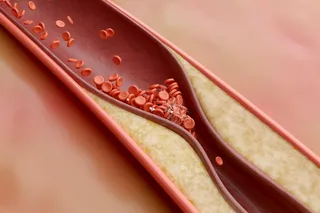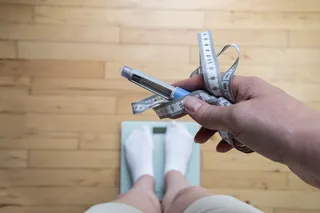There’s some good news and bad news about treating back pain. The good news is research has identified what actually works. The bad news is, it’s not very much.
Only about 10 percent of common, nonsurgical treatments for lower back pain appear effective, with many therapies working only slightly better than a placebo, according to research in BMJ Evidence Based Medicine.
For acute or temporary lower back pain, non-steroidal anti-inflammatory drugs (NSAIDS) like ibuprofen, naproxen, and celecoxib provide some relief. For chronic, longer-term issues, people turn to exercise, spinal manipulation, taping, antidepressants, and drugs that turn on the TRPV receptor — a cell “keyhole” that, when activated, has shown efficacy in fighting both pain and inflammation.
Back Pain Is a Growing Issue
Aidan Cashin, a researcher at University New South Wales in Sydney, Australia, said the team initiated the study because back pain is a large and growing problem globally. It is also difficult to evaluate, because it can have many potential causes.
“The majority of pain in this space is classified as non-specific, that is with no immediately identifiable cause,” Cashin said in a press release. “Non-surgical and non-interventional treatments are first-line care for low back, so we wanted to see how effective these are, compared with placebo."
Treating the Pain
The researchers analyzed 301 earlier back pain studies. The review included data on 56 different treatments or treatment combinations. The trials included people with acute low back pain, chronic low back pain and some with both types. Patients reported pain intensity both before and after treatment.
“Surprisingly, we found only around one in 10 was effective and most provided pain relief that was only marginally better than placebo – in other words, our review did not find reliable evidence of large effects for any of the included treatments,” Cashin said in the release.
Even the best treatments didn’t provide “evidence of large effects” for any of the treatments covered in the study, according to the paper. "While we would like to provide more certain recommendations for where to invest and disinvest in treatments, it is not possible at this time,” the paper concluded.
That’s probably not what the 16 million or so U.S. adults suffering from some form of back pain want to hear. Although existing treatments may not provide complete relief, a better understanding of how the brain processes pain may provide some long-term hope.
This article is not offering medical advice and should be used for informational purposes only.
Article Sources
Our writers at Discovermagazine.com use peer-reviewed studies and high-quality sources for our articles, and our editors review for scientific accuracy and editorial standards. Review the sources used below for this article:














